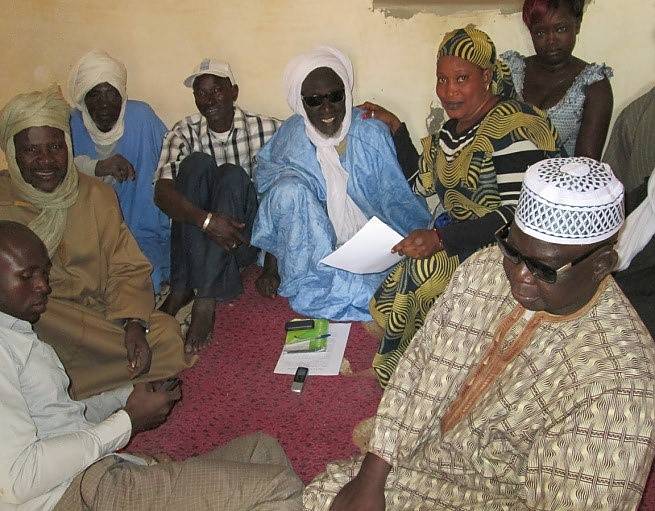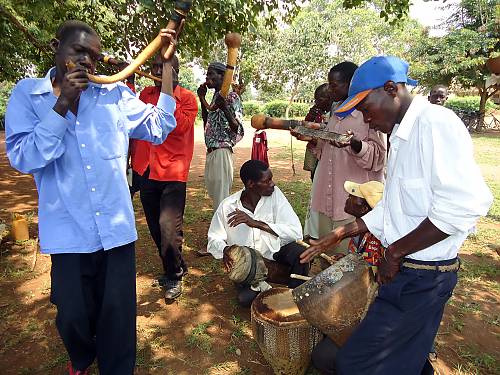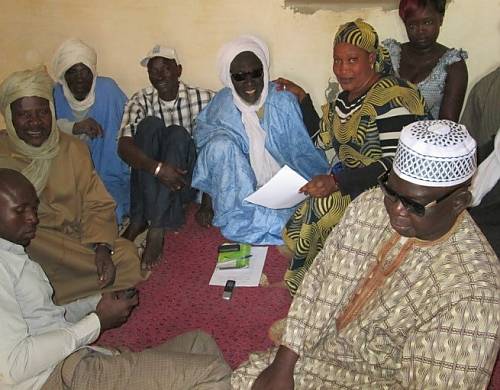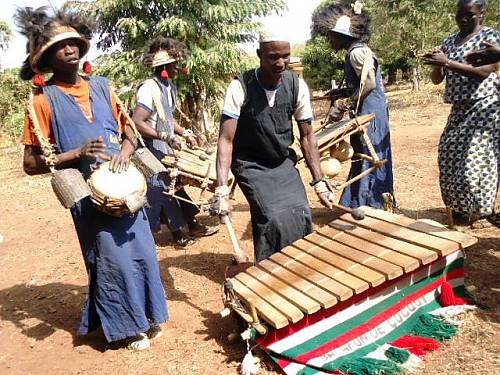After three years of intense participatory surveys conducted across the country, Mali has initiated a dynamic programme to revitalize the intangible cultural heritage (ICH) affected by the crisis since 2012. Following the occupation of the northern and central-eastern regions by armed groups and extremists, Mali considered the safeguarding of its ICH in danger as a priority for peace and social cohesion, as it did for the restoration of its tangible heritage under threat.
As part of these efforts, the National Directorate of Cultural Heritage has successfully conducted an inventory of 211 elements of ICH with an eye to their urgent safeguarding. Carried out predominantly in the northern regions (Kidal, Gao and Timbuktu) and the Center (Mopti), as well as in the South, the inventory was made possible thanks to 249 people being trained in community-based inventory methodology.
Intercultural dialogue was fostered thanks to numerous individual and collective meetings with the communities, including displaced persons, their vital participation both in data collection and as local investigators, radio broadcasts led by community representatives and other cross-cutting activities such as nocturnal talks, while at the same time significantly raising awareness about the importance of ICH for identity building. The communities remained the cornerstone of the project throughout all the stages of its implementation, thereby ensuring their ownership of the results. Although the project has now ended, the Malian government supports the sustainability of the results by integrating the ICH inventory into the economic, social and cultural development programs of local and regional authorities in order to ensure the valorization of the elements identified, still in close cooperation with the communities.
This ICH inventorying project in Mali in view of its urgent safeguarding, was financed between 2013 and 2017 with US$307,307 from the Intangible Cultural Heritage Fund, and with a contribution of US$85,000 from the State Party. This is the first emergency International Assistance to be granted under the 2003 Convention and with the aim of restoring the viability of ICH in danger.



